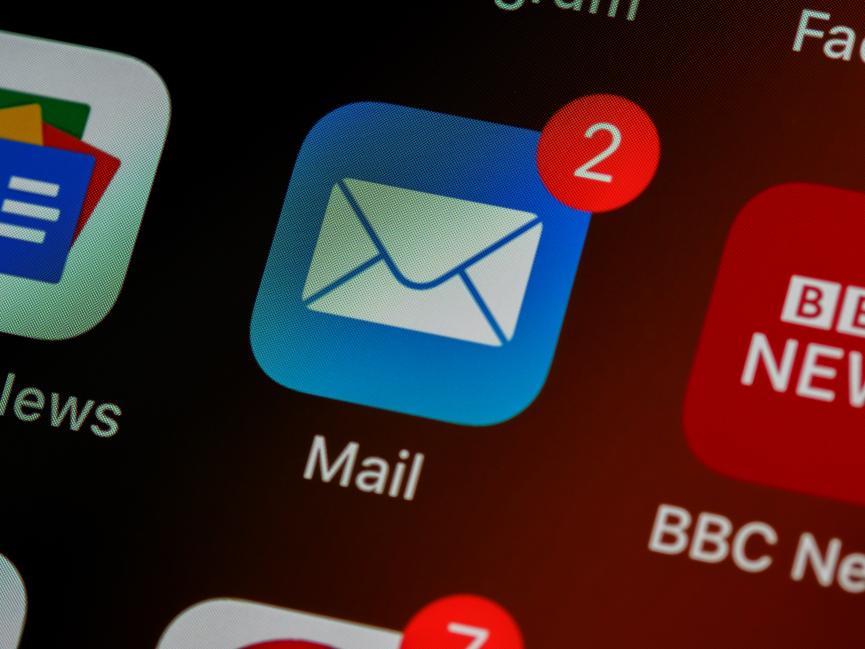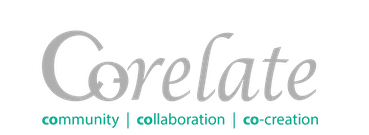6 approaches to try with your newsletters
6 approaches to try with your newsletters

Social media is the reliably intriguing problem child of digital communications. At a strategic level, we tweak our content (article or video? Stories or Reels?) to surf the ever-changing features and algorithms, while day-to-day we can be quickly sidetracked by the febrile drama of Facebook comments and Twitterstorms.
Yet newsletters are the real workhorses of digital communications. Week in, week out, they welcome newcomers, engage existing members, and catalyse people’s relationship with your organisation. Provided you get the tone and frequency levels of your newsletters right, your audience numbers will grow and grow.
Newsletters bring their own stresses with them – are you over-contacting your list, or not contacting enough? Did you just send out a dud link to tens of thousands of people? Are your readers feeling clickbaited?
But they are great places to experiment and adjust – with so much trackable data, their iterative potential is huge. Once you accept that a 100% open rate isn’t going to happen, you can relax and start to play with the formula.
"Newsletters are the real workhorses of digital communications. Week in, week out, they welcome newcomers, engage existing members, and catalyse people’s relationship with your organisation."
Here are six approaches that can help you harness the power of your newsletters. Which approach does your audience respond to best? Which might you use next?
1. The Friendly Update
Perhaps your newsletter comes from your Campaign Lead or Chief Executive – or perhaps it comes from you!
Whoever's name is at the bottom of this email, the personal touch is what matters. Whether you are ghostwriting for someone more senior or writing as yourself, you’ll engage your readers by sharing how things are with you, and showing that you are thinking about the reader too.
Of course, you can use the <merge tage> field to insert your reader's name at the top of an email – but only do this if you are confident in the thoroughness of the data you are using. No-one wants to get an email that starts 'Dear [blank]'!
With slick marketing messages everywhere, sometimes a chatty one is what cuts through. If your reader trusts the name in their inbox, you're building the bond.
2.The Animated Edition
Does your audience warm to a little playfulness and a little colour? Do you know either way? GIFs, illustrations and emojis enliven content, giving a friendlier, less formal feel.
Use such visual cues sparingly; Mailchimp has found that one emoji in a subject line does drive engagement – but more than one results in a loss of engagement. A/B test your email subject lines with just one well-chosen emoji to see how your audience responds.
To bring energy to the body of your email, why not try adding a relevant GIF instead of an image? Movement is great way to draw the reader's eye to a particular area – encourage clicks with eye-catching animated imagery. Check out Mailchimp's GIF how-to guide.
3. The Visual Listicle
Plenty of folks are looking for a diverting story – and it needn’t be told in words. Picture a simple list of bright, crisp, well-edited photos, showing people taking action for a cause they care about. It's an uplifting prospect for weary emailers.
Inspire future actions by putting such images front and centre, as well as calling for readers to submit their own. Swap a text + hyperlink format with a simple image & caption format listicle – reminding readers of recent highlights in this simple way goes down a storm.
Of course, you need to be hot on your image permissions and copyright acknowledgements to take this approach. If you’re going to use powerful images, make sure everyone involved is happy for you to do so!
A good way to drive interest in an email containing a listicle is to use the numbers in your subject line, for example, '23 highlights from 2020'. For detailed tips on writing a great listicle, check out this Buzzfeed-informed article by Gilad Lotan.
4. The Clickbait
‘[Name], I need you’ – from environmental campaigns to the US Democrats and UK Labour, these mildly alarming straplines are a hit with campaigners trawling our inboxes for clicks.
Hard to resist even if it’s just to have a laugh at the quick bait-n-switch to a fundraising drive (‘Will you chip in to help save the day?’), there is no doubt that in urgent times, an urgent tone will cut through the more meandering email subject lines.
Sometimes, increasing those open rates can be exactly what is needed. You may see a steeper drop-off in click-through rates, but you will still draw more eyes than you would have otherwise.
One final tip on the clickbait front: research has found that the most-read part of an email is the P.S. Use this knowledge sparingly to give older content a boost; for example, if you launched an important survey in your last email, you can get a fresh wave of responses by putting it in the P.S of your next one. Get more campaign email writing tips from MobLab.
5. Skip The Big Call-To-Action (Occasionally)
We send most newsletters out to drive clicks, for whatever cause. But not every email update should be about demanding a response.
Surprise and delight your reader instead! Send news of a campaign win, a fundraising success, or a reassuring message in a time of uncertainty. Go light on the links. What will put a smile on your readers' faces?
Sharing good news balances out requests – for feedback, actions or donations – and keeps readers emotionally engaged at a different level. Read what email marketing experts Moveable Ink have to say on the topic.
If you do need to provide a follow-up CTA on a live campaign, thank the reader for their interest, and reward them – perhaps with video content, or heartwarming pictures from other campaigners – before getting to your core ask.
6. The Segmented Campaign
Like building an email around a call-to-action, you may well be segmenting your newsletters already. As this Inc.com report shows, it's proven to be an effective way to drive engagement.
Whether you are welcoming subscribers into the next stage of their journey with your org, or tailoring information to their geographical location, using segments to personalise your emails really helps your readers feel seen.
A thoughtfully-segmented campaign gives you a chance to demonstrate your emotional intelligence, source localised data, and deepen your relationship with subscribers.
Get it wrong, of course, and you damage those relationships – which is why it can feel safer to just send out blanket emails. But there is such a thing as being too safe, even in the behind-the-scenes world of newsletters. No risk, no reward! If you are new to the segmentation game, get started with MailPoet's beginner's guide.
Need help with your email newsletters? Take a look at our writing and editing service and get in touch.
